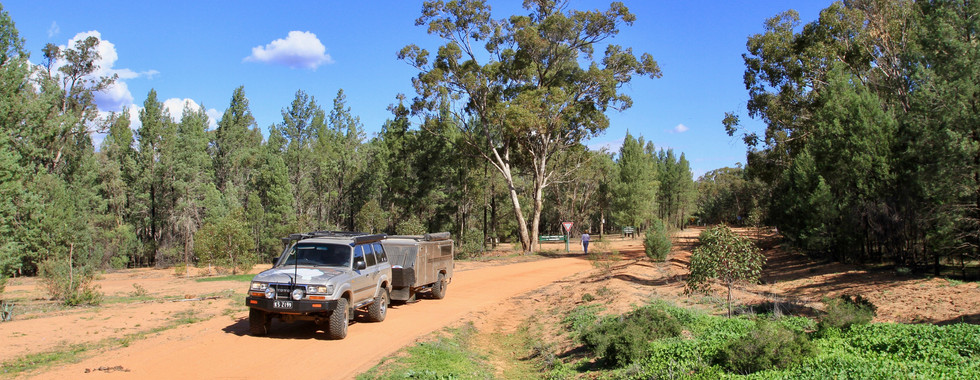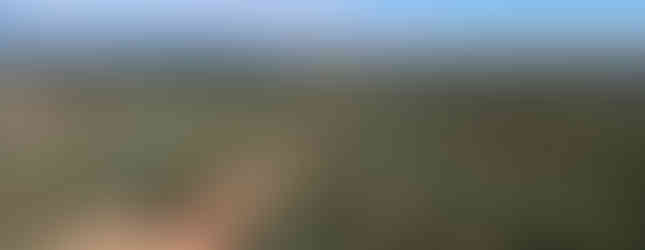PILLIGA ... Western NSW
- Woolgoolgaoffroad
- May 31, 2020
- 4 min read
It’s getting harder and harder to find unique areas these days without travelling thousands of kilometres - I suppose that depends on where you start too. But I think we just found a little pocket of uniqueness within mid western NSW. The Pilliga as it’s known is a flat 3000 sq km area of dense bushland with a host of features within and has significant meaning to local Gamilaroi people who have called this place home for nearly 30,000 years.

Pretty much located midway between Narrabri and Coonabarabran, the Pilliga is a maze of tracks that criss cross each other but are all sign posted. It’s often said that at night in this forest there is a deadly silence, it’s the home of the Pilliga Yowie and it would take a week of driving to complete all the roads within.

To avoid this and to explore the secrets within, the best bet is to head to Baradine and the local discovery centre to grab a map ( just remember a week of tracks that add to nearly 2500 km !! ) and some local information on where to start. Our trip began by heading out into the central area and the Sculptures in the Scrub picnic area and displays which are about 35km away. The roads are generally in good nick being mostly sandy and gravel base but just we warned at the dry creek crossings as they can be a little rough in spots. The Sculptures were a welcome sight and a surprise as we wandered around them and down along the hour long Dandry Creek gorge walk. These sculptures were designed and made by local Elders and with each sculpture it tells a story on its meaning and the artist.


After spending time here and understanding some local culture we pushed on towards another area to the north called the Salt Caves. Following our designated route on the map it’s a good hour drive to the caves. NPWS have setup a great picnic and camping area here with tables, water tanks and bbq’s. The Salt caves were once ‘mined’ for the huge amount of salt buildup in the caves dating back to the turn of the century. People used to come from miles away to bag and break off the salt blocks from deep within the caves to take home to salt their meat. These days the caves have all bar collapsed but it was reported that old timers claimed they were up to a mile deep, sadly now only about 20 feet deep. Just above the caves there is a 200 metre walk to a new steel fire tower that you can freely and legally climb. Now while all safe it’s not for the faint hearted as you climb nearly 100 metres upwards.

Around the base of the tower and the picnic area there is a 2km walk to the tower dam and a birdwatching area. With a high diversity of birds being spotted in the area we were lucky to see a handful that included Emus, parrots and little wrens darting in the trees. One of the good things about the Pilliga is that you can free camp within the forest at designated spots including at the Sculpture area and at the Salt Caves area. But we must say the views across the flat Pilliga forest in every direction is nothing short of spectacular. NPWS have put a viewing ring in marking landmarks in the distance and their distances. 100km to the south you can see the Wurrumbungles and to the north you can see Mount Kaputer NP. Some things can’t be described until they are experienced and this was certainly one of them. Breaking the peace and quiet we heard distant kitty Hawkes and the odd breath of wind rustling leaves.

It’s a hard place to leave but with time ticking away we wanted to head further north to now isolated town of Pilliga itself some 40 km away. We hadn’t seen a car all day but this is a good thing about the isolation in the Pilliga and even on the drive out it was the same. The Pilliga forest was once home to near a dozen sawmills that cut timber sleepers for NSW railways and was the route of the old Cobb & Co rattlers but thankfully now it’s a thick forest of Cyprus Pine and She oak trees.

Heading back out to Pilliga we knew of a perfect spot to wash away the dust and spend some time relaxing. A stones throw out of town are the Pilliga hot baths where for a very small fee ( $5 pn at the time of writing ) you can setup camp, have a fire, and use the provided toilets, hot bore shower and soak in the hot artesian bore water that comes from deep within the ground.

Back at the turn of the century when the area went through a bad drought the local council sunk a bore 1800 feet deep to tap into the rich mineral based water deep below. These days it’s a Mecca for those with aches and pains hoping the minerals in the water will relive their aches and pains. The ‘town’ of Pilliga is all but gone now apart from the pub and small store but its history and natural beauty will last forever. It’s an area that we can highly recommend and easily accessible to those with a sense of adventure and are looking for a different place to getaway for a for days.



















Comments